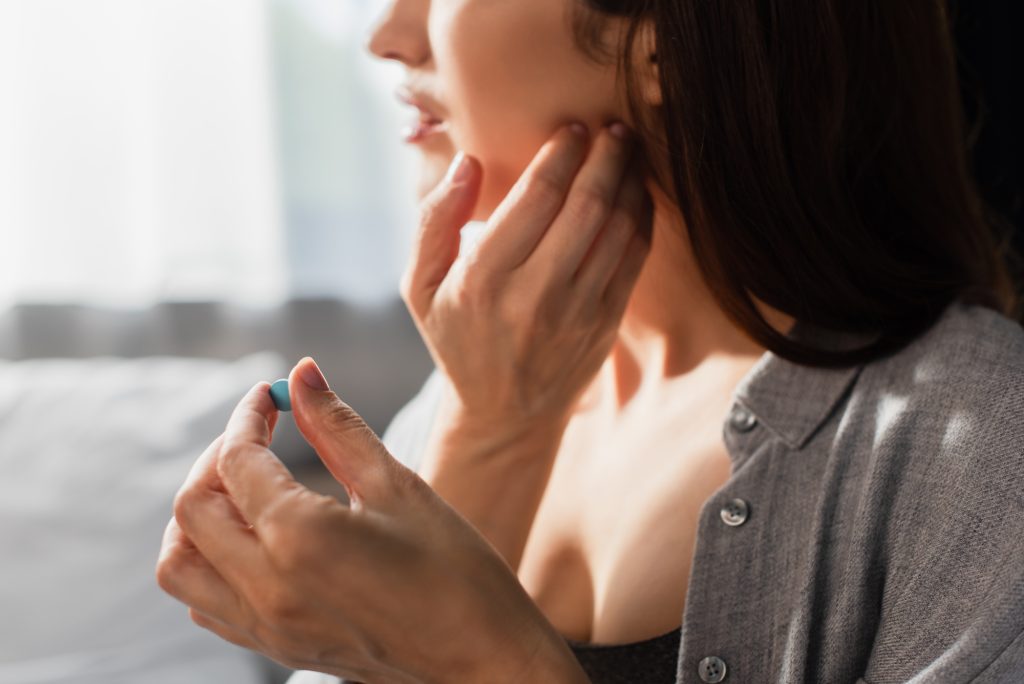Invisalign has gained popularity as an alternative to traditional braces for straightening teeth. Does Invisalign work? Invisalign has proven to be a successful teeth-straightening method for many individuals. However, the effectiveness of Invisalign treatment depends on various factors such as the complexity of the case, patient compliance, and the orthodontist’s expertise. It is important to consult an Invisalign orthodontist who will evaluate your specific dental needs and determine if Invisalign is the right option for you.
While it offers numerous advantages, some individuals may experience discomfort or pain during their treatment.
Understanding the causes of Invisalign pain and learning how to alleviate it can help patients have a more comfortable orthodontic journey.
This article will explore the various factors that contribute to Invisalign pain and provide effective remedies for a smoother treatment experience. Additionally, we will briefly discuss the effectiveness of Invisalign, the role of an Invisalign orthodontist, a comparison with traditional braces, and the importance of proper cleaning techniques.
Causes of Invisalign Pain
One of the key differences when it comes to Invisalign vs braces is the level of pain experienced during treatment. With braces, patients may initially experience discomfort due to the pressure applied to the teeth and the rubbing of brackets and wires against the soft tissues. This pain may persist for a few days after each adjustment appointment as the wires are tightened.
In contrast, Invisalign aligners are generally considered less painful than traditional braces. The smooth plastic material of the aligners reduces the likelihood of irritation and mouth sores. While some initial discomfort and pressure are expected with each new set of aligners, many patients find that Invisalign causes less pain and soreness
1. Initial Adjustment
When first wearing Invisalign aligners, patients may experience some discomfort as their teeth and gums adapt to the new pressure. This initial adjustment period typically lasts for a few days to a week. The aligners may feel tight or cause soreness, but this discomfort is temporary and should subside as the teeth gradually shift into their new positions.
2. Aligner Trays Shaping Teeth
Invisalign trays are designed to exert gentle pressure on the teeth to move them gradually. This process may cause some discomfort as the teeth shift and bone structure remodels. The level of pain experienced varies among individuals, but it is usually mild and manageable.
3. Aligner Edges Irritating Soft Tissues
Sometimes, the aligner edges can rub against the soft tissues of the mouth, such as the cheeks or tongue, leading to sore spots or ulcers. This can occur due to misalignment or when the trays become worn or damaged. In such cases, it is essential to seek assistance from an Invisalign orthodontist, who can adjust or replace the trays to alleviate the discomfort.
Remedies for Invisalign Pain
1. Over-the-Counter Pain Relief
For mild discomfort, over-the-counter pain relievers like ibuprofen can be effective in reducing Invisalign pain. However, it is important to follow the recommended dosage and consult a healthcare professional if pain persists or worsens.
This doesn’t have to include only medication either. Use a cold compress, ice pack, or even suck on. Ice cubes to gain some relief.
2. Dental Wax or Orthodontic Gel
To prevent the aligner edges from irritating the soft tissues, dental wax or orthodontic gel can be applied to the problematic areas. These products create a protective barrier between the aligners and the mouth, reducing friction and providing relief.
Consult your Invisalign orthodontist for guidance on proper application.
When using these pain relief methods, you need to make sure you know how to Clean Invisalign. Proper cleaning is essential to maintain good oral hygiene during Invisalign treatment and the wax and gel can build up and cause you more discomfort.
Rinse the aligners with lukewarm water regularly and gently brush them using a soft-bristle toothbrush. Avoid using toothpaste or harsh cleaners, as they can damage the aligners. Additionally, clean your teeth thoroughly before reinserting the aligners to prevent trapping bacteria. Follow your orthodontist’s instructions regarding cleaning products and practices to ensure the longevity of your aligners and overall oral health.
Additionally, if the pain is due to sores caused by rubbing on the teeth or gums, you can try salt water. By rinsing your mouth with salt water, you not only relieve some of the pain, but it cleans the sores at the same time.
3. Orthodontist Assistance
If the pain persists or becomes severe, it is crucial to consult an Invisalign orthodontist. They can evaluate the cause of the discomfort and make necessary adjustments to the treatment plan. Orthodontists have the expertise to identify issues such as misalignment, improper fit, or damaged trays, and provide appropriate solutions to alleviate pain.
4. Changing Aligners at Night
Switching to a new set of aligners before going to bed allows the teeth to adjust overnight when you are less aware of the discomfort. This can help in minimizing any pain or soreness during the initial adjustment period.
5. Removing Aligners
This doesn’t mean take them out to relieve your pain. Your aligners must be worn for 22 hours per day to work effectively. If you take them out too often during the day you may be increasing your discomfort. If you restrict how often you take them out, you may experience less discomfort.
Also, when you insert the aligners, make sure that they snap into place properly. If the aligners aren’t properly pushed against your teeth, they not only can feel uncomfortable but also put unnecessary pressure on your teeth.
Conclusion
Invisalign pain is a common concern during treatment, but it can be effectively managed with the right approach. By understanding the causes of discomfort and utilizing appropriate remedies, patients can have a more comfortable experience with Invisalign. Consulting an Invisalign orthodontist is crucial for personalized guidance throughout the treatment journey.
Remember to follow proper cleaning techniques to maintain oral hygiene and maximize the effectiveness of Invisalign aligners.



